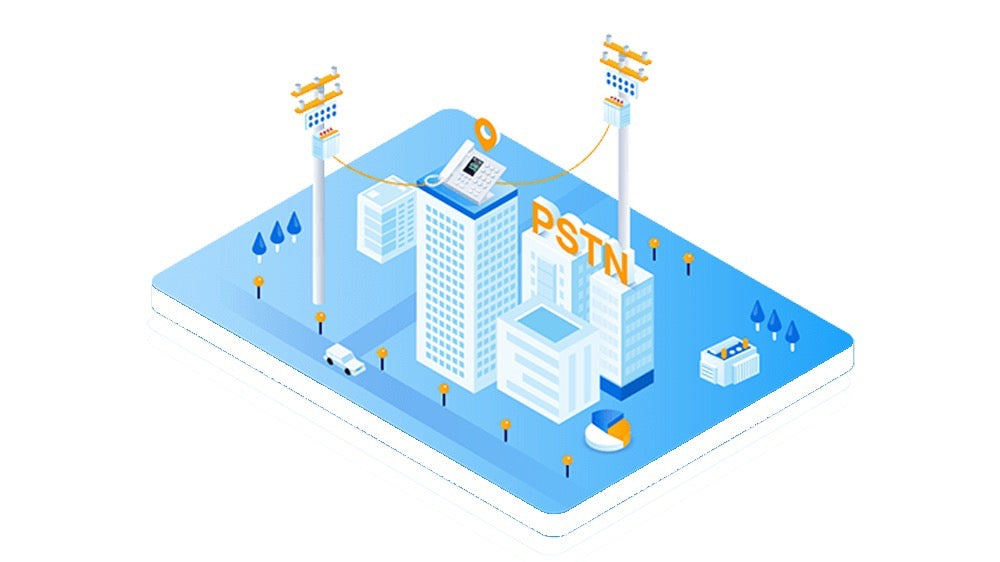The Public Switched Telephone Network (PSTN) is an extensive web of the world's circuit-switched telephone networks, operated by various telephony operators at national, regional, or local levels. This grand network forms the backbone of public telecommunication, offering a structured and service-oriented framework for voice and data transmission.
Understanding PSTN's Role
PSTN has been the foundation of traditional telephony services, connecting landline phones across the globe through a network of fixed-line infrastructures, including copper wires and fiber-optic cables. It supports numerous services such as voice calls, fax transmissions, and dial-up internet, making it a pivotal element in the world of communication.
The Evolution of PSTN
Over the years, PSTN has evolved, integrating with digital technologies to enhance its capabilities. While it originally relied on analog signals, the network now extensively uses digital technology, especially in the core network, to improve efficiency and call quality.
The Future of PSTN
Despite the rise of VoIP (Voice over Internet Protocol) and other advanced communication technologies, PSTN remains relevant due to its reliability and extensive reach. However, with the ongoing shift towards more modern and flexible communication solutions, PSTN's role is gradually transforming to align with the digital age.
In conclusion, the Public Switched Telephone Network (PSTN) has been a critical component in the history of telecommunications, providing a reliable platform for voice and data services worldwide. Its legacy continues to impact how we connect, even as the landscape of communication evolves.











































